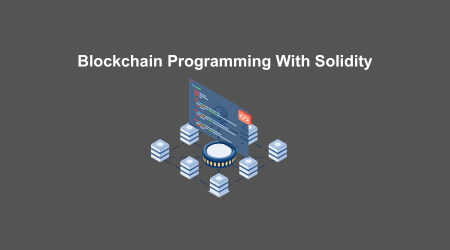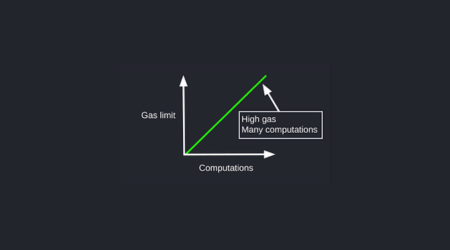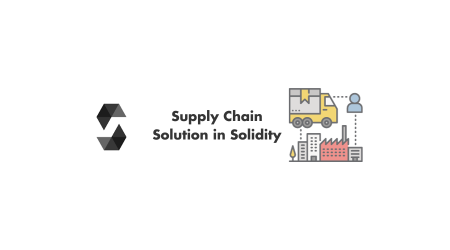Are you skeptical about the complexity of blockchain programming with Solidity? Don’t worry, mastering this art is easier than you think.
In this article, we’ll guide you through the basics of Solidity, exploring data types, variables, and smart contract development. We’ll also show you how to implement functions and modifiers, as well as test and deploy your Solidity contracts on the blockchain.
Get ready to become a skilled blockchain programmer and unlock a world of possibilities.
1. Key Takeaways
- Solidity is a programming language for writing smart contracts on the Ethereum blockchain.
- Implementing encryption and authentication mechanisms is important for protecting sensitive data.
- Choosing the appropriate data type is important for efficient storage and manipulation of data.
- Thoroughly testing code for vulnerabilities and errors is important before deploying contracts.
2. Understanding the Basics of Solidity
In order to become proficient in blockchain programming, it’s important to understand the basics of Solidity.
Solidity is a programming language specifically designed for writing smart contracts on the Ethereum blockchain. It has a syntax and structure similar to JavaScript, making it relatively easy to learn for developers familiar with web development.
When working with Solidity, it is crucial to follow best practices for secure smart contract development. This includes implementing robust encryption and authentication mechanisms to protect sensitive data and prevent any vulnerabilities or attacks on the blockchain network.
Now, let’s explore data types and variables in Solidity.
3. Exploring Data Types and Variables in Solidity
Let’s delve into the world of Solidity and explore the various data types and variables. Here are some best practices for handling data structures in Solidity:
- Use appropriate data types: Solidity offers various data types such as integers, booleans, addresses, and more. Choose the most suitable data type for efficient storage and manipulation of data.
- Optimize memory usage: Solidity allows you to define the memory location for variables. Use memory for temporary data and storage for persistent data to optimize memory usage.
- Be mindful of gas costs: Gas is the unit of computation in Ethereum. Avoid unnecessary calculations and use efficient algorithms to minimize gas costs and improve contract performance.
- Implement proper error handling: Solidity provides error handling mechanisms like exceptions and assertions. Use them to handle potential errors and ensure secure and reliable contracts.
With a solid understanding of data types and variables in Solidity, you are now ready to dive into smart contract development with Solidity, utilizing its power to create decentralized finance applications and contribute to the blockchain ecosystem.
4. Smart Contract Development With Solidity
To develop smart contracts with Solidity, you need to understand the various data types and variables and how to use them efficiently. As a blockchain developer, your code must be precise, efficient, and secure.
Follow Solidity best practices for secure smart contract development, implementing robust encryption and authentication mechanisms. Additionally, learn to integrate external APIs with Solidity contracts for enhanced functionality.
Now, let’s delve into implementing functions and modifiers in Solidity to further enhance your smart contract development skills.
5. Implementing Functions and Modifiers in Solidity
Functions and modifiers in Solidity allow for efficient and secure smart contract development. Here are four best practices for writing efficient Solidity code:
- Use events for logging important contract actions.
- Optimize code by using efficient algorithms and data structures.
- Prioritize security by implementing robust encryption and authentication mechanisms.
- Prevent vulnerabilities and attacks on the blockchain network.
Now, let’s explore the next section on testing and deploying Solidity contracts on the blockchain.
6. Testing and Deploying Solidity Contracts on the Blockchain
When testing and deploying your Solidity contracts on the blockchain, make sure to thoroughly test your code for any potential vulnerabilities or errors.
As a blockchain developer, you need to write precise and efficient code. Each line of code should have a well-defined purpose. Optimize your code for performance by using efficient algorithms and data structures.
Prioritize security by implementing robust encryption and authentication mechanisms. Additionally, incorporate automated testing to ensure the reliability of your Solidity contracts.
Follow best practices when deploying contracts on the blockchain.




